Last updated on February 3, 2024
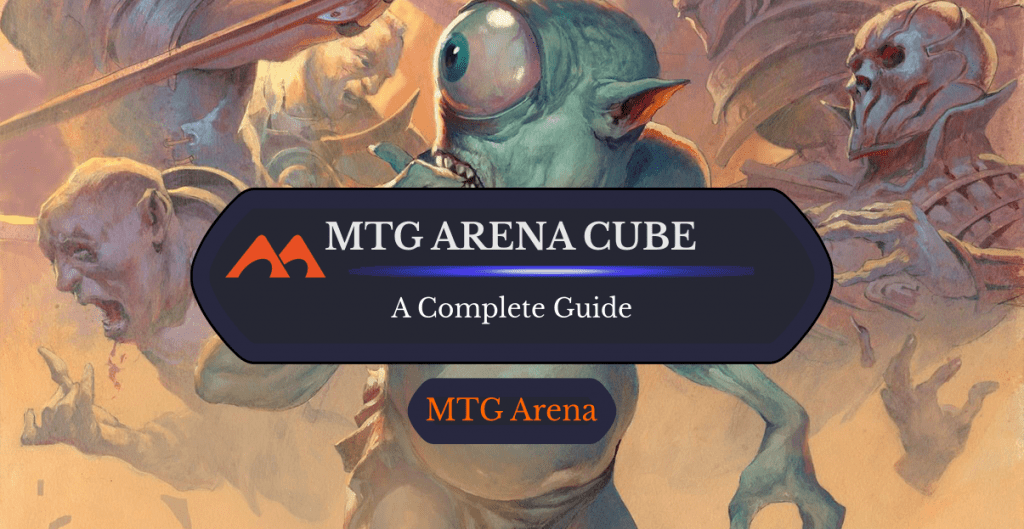
Fblthp, the Lost | Illustration by Jesper Ejsing
Every so often, you'll see an MTG Arena Cube event pop up in our Arena event calendar. Maybe you've built a cube in the past, or, if you’re like me, you weren’t really all that familiar with Cube before it was introduced to Arena.
So, what is this format, how does it work, and where did it come from? Let’s talk about that.
The Full Story of Cube, Simplified
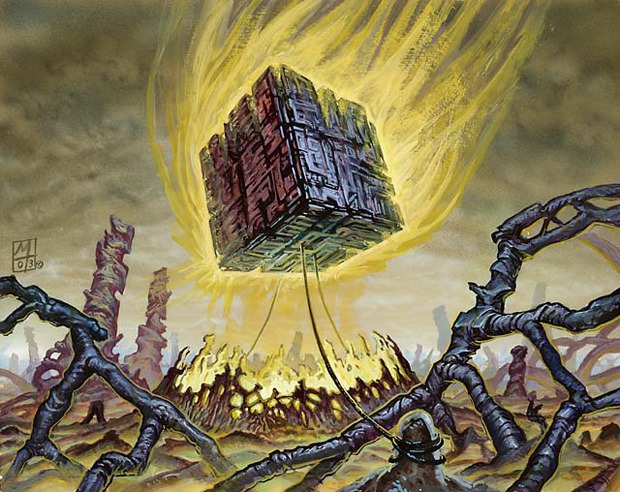
Doubling Cube | Illustration by Mark Tedin
So, Cube. It’s pretty simple, in that it’s basically a custom draft format. A “cube” is created containing whatever cards the organizer wants to include, usually using between 360-540 powerful cards.
How Does Cube Drafting Work?
Players pick cards to build their deck one at a time from rotating 15-card packs that use cards from the cube, just like you would in a draft. After the event, the cards go back to the cube. Basically, Cube is a custom draft game where the players use the organizer’s cards and then give them back afterward.
Some cubes follow other themes or restrictions or are built around specific archetypes/synergies. Cube is also generally singleton, meaning there’s only one copy of each card in the cube. We’ll get to all that in just a bit, though.
Arena Cube Event Details
Arena Cube is a phantom event with BO1 and traditional BO3 matches. The typical entry fee is either 600 gems or 4,000 gold.
Arena’s Cube offers a large card pool, including Alchemy cards and some cards that are only legal in Timeless.
Since MTGA has sets from Ixalan forward along with the Historic Anthologies and any remasters such as Shadows over Innistrad, Kaladesh, and Amonkhet. It’s generally more fun and provides more variety and opportunity for interesting/unique gameplay that you just can’t get in any of the other formats on Arena. Which, really, is the biggest appeal for Cube to begin with.
Now that we’ve touched on the “technical” side of Cube on MTG Arena, let’s jump into the event itself.
MTG Arena Cube
MTG Arena Cube Event Rewards
BO1
| # of Wins | Rewards |
|---|---|
| 0 | 2 uncommon + 1 rare ICRs |
| 1 | 500 gold + 2 uncommon + 1 rare ICRs |
| 2 | 1,000 gold + 2 uncommon + 1 rare ICRs |
| 3 | 2,000 gold + 2 uncommon + 1 rare ICRs |
| 4 | 3,000 gold + 2 uncommon + 1 rare ICRs |
| 5 | 4,000 gold + 1 uncommon + 2 rare ICRs |
| 6 | 5,000 gold + 1 uncommon + 2 rare ICRs |
| 7 | 6,000 gold + 1 uncommon + 2 rare ICRs |
BO3
| # of Wins | Rewards |
|---|---|
| 0 | 2 uncommon + 1 rare ICRs |
| 1 | 2 uncommon + 1 rare ICRs |
| 2 | 4,000 gold + 2 uncommon + 1 rare ICRs |
| 3 | 6,000 gold + 2 uncommon + 1 rare ICRs |
General Play and Deck Building Tips
This Cube's mostly about splashy, powerful cards and incredible engines. You need to have a cohesive deck with a very well-defined plan. This is not normal Limited, it's “Standard Lite” — so you want a mini-Standard deck. Don't throw together two colors worth of “good cards,” or you'll likely start losing.
Arena Cube has many Limited all-stars of sets past (the “Incredible Bombs” category in the Draftsim card ratings), and many of those cards continue to be bombs in the Cube. A card that was incredibly powerful by itself in draft, such as The Immortal Sun is still insane in cube. You want to take these bombs early and draft your decks around them. Other examples are Mirari's Wake, Etali, Primal Conqueror and planeswalkers. A real bomb provides card advantage and doubles as a win condition!
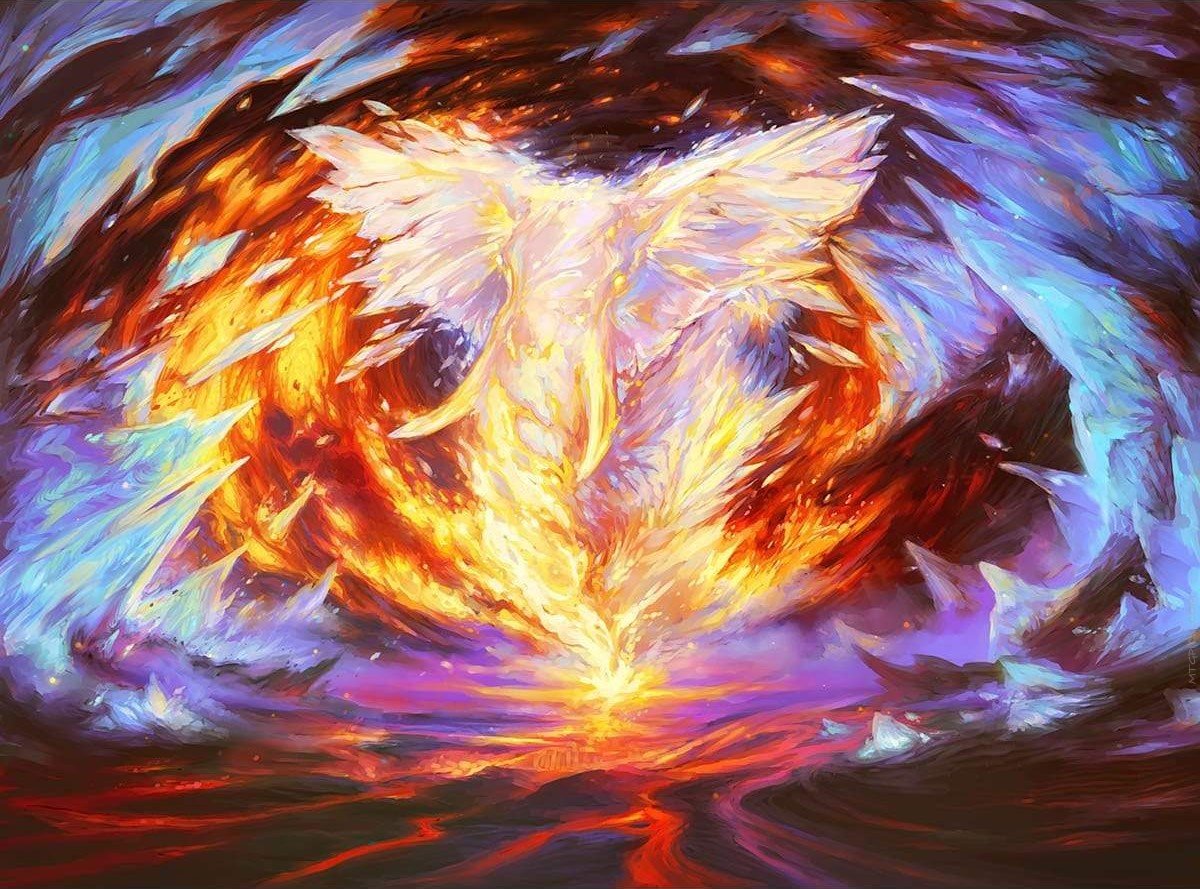
Magma Opus | Illustration by Liiga Smilshkalne
Cube Strategy
Planeswalkers appear a lot more than they do in typical Limited. This means that your deck needs to have a way to deal with them, either through establishing an early board presence, having evasion, or having flexible removal spells that are capable of interacting with them. I've even liked Flames of the Firebrand a lot more than I expected because it helps efficiently deal with planeswalkers.
Maybe it goes without saying, but you should be taking planeswalkers highly and putting them in your own deck, too. Some of the War of the Spark uncommons are a little less good or have niche roles, but they're still playable.
Don't put “just stats” or semi-vanilla creatures in your deck just to have creatures. They should be generating value. Unless you're an aggro deck, basically every creature you grab should generate a two- or three-for-one or be part of some insane engine.
Many of the planeswalkers and cards in the cube generate copious amounts of tokens. If you're a controlling or ramp style deck, it's crucial to have a couple of sweepers in your deck to come back from falling behind on board.
The latest iteration of the Cube has tons of mana fixers. This means playing 3+ colors is very easy if you want to dip your toes around. But there's a catch: You need to prioritize lands before spells.
Let's say you're deciding between a medium power level spell like Elder Gargaroth and a Triome on your initial picks. The land should be your pick; Gargaroth is more replaceable since you won't run out of powerful spells. I'll go over this in more detail a little further down.
Here are some key cards in the Cube before we move on to archetypes:
- Board wipes (Sunfall, Extinction Event)
- Triomes (Jetmir's Garden, Zagoth Triome)
- S-tier spells that aren't replaceable (Embercleave, Uro, Titan of Nature's Wrath, Magma Opus)
- 5-color payoffs
Arena Cube Draft Archetypes
Archetypes updated for January 2024 Cube by David Royale
If you've been winning with anything I haven't mentioned here, be sure to leave a comment on this article or Tweet @limiteddecks so we can all see! For now, let’s talk about what archetypes are supported in Arena Cube.
If you have experience drafting on Arena or otherwise, you’ll definitely recognize some of these strategies. The great thing about Cube is that there are so many overlapping strategies. Here are some of the main deck archetypes to look out for when drafting.
Mono-Colored
Mono-colored decks are builds with just one color in the entire list with little to no splash. The most powerful are mono-red and mono-white followed by green, black, and finally blue holding last place in terms of power level.

What sets mono-red apart from the others is the presence of Embercleave in the Cube. This card can win games on the spot, and nothing does this legendary equipment‘s job better. Mono-red also has access to powerful haste creatures in the form of dragons that can pressure your opponents in the later stages of the game. On top of that there's a ton of spot removal that can deal direct damage to your opponent.
Mono-white has its tools, building cheap boards with a mix of creatures and tokens and finishing the game with pump spells or combat tricks.
Mono-black can also be played aggressively with cards like Cult Conscript and Evolved Sleeper, which can apply early pressure to your opponents, along with other solid creatures such as Gix, Yawgmoth Praetor, or Forgefire Automaton that provide value in the long run.
However, this deck mainly relies on its cheap removal, and black has access to the best options in the form of Cut Down or Fatal Push, to name a few. Because of this, you can also build mono-black in a pseudo-control manner, centered around removal, discard spells such as Thoughtseize or Undercity Plunder, and potent card draw engines like Phyrexian Arena or Morbid Opportunist to take over the game.
In contrast, Mono-green is all about ramping, utilizing cards like Explore or Gilded Goose to cast potent spells such as Esika's Chariot or Elder Gargaroth ahead of schedule and apply pressure to your opponents.
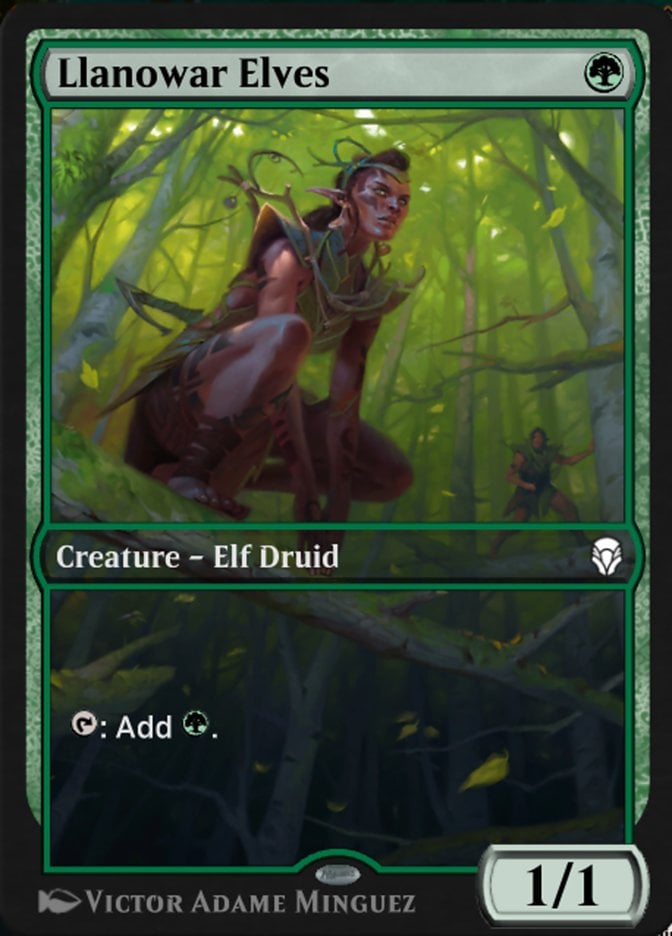
This strategy works exceptionally well when you can align the right cards, especially when you're on the draw with a turn-1 Llanowar Elves into a turn-2 Lovestruck Beast or another ramp spell, allowing you to play a turn-3 5-drop. However, achieving this can be tricky, as it heavily depends on having cheap mana dorks in the first turns that become somewhat useless in the late game and are vulnerable to early removal.
Nevertheless, thanks to the hand-smoother, this strategy gains some solidity in best-of-one formats.
Mono-blue is the last on this list, and it's the weaker color since it's harder to properly assemble. The best way to do it is to prioritize cheap value creatures with flash like Malcolm, Alluring Scoundrel and Faerie Mastermind to put yourself into the tempo role. The problem with this is the removal; it's too narrow since a big spell resolved is painful to come back from. Your plan is to counter everything before that happens, but it's tough if you let something slip through or if you're on the draw and can't answer a solid 2- or 3-drop.
Being mono-color is a good bet. If you spot that it's being under-drafted early in the Cube you'll end up with a compelling deck. But be warned: This strategy excels in BO1 since hand smoothing helps a lot and it's easier to curve out.
2-color Aggro Decks
One of the most straightforward approaches in Arena Cube, particularly in best-of-one formats, is to draft white or red-based aggro decks.
The key is to prioritize drafting inexpensive creatures like Adanto Vanguard, Esper Sentinel, Monastery Swiftspear, or even Grim Lavamancer. Pair these with formidable threats such as Adeline, Resplendent Cathar, and Hellrider to hasten your opponent's clock.
While Boros is arguably the strongest combination, your choice for the second color can vary based on what's available. However, I would recommend avoiding blue, as it often leads to drafting a tempo deck rather than an aggressive one.
Tempo Decks
Drafting this archetype can be challenging, as you must fully commit to it from the outset. More often than not, these decks are blue-based, leveraging countermagic and other tricks. Key cards such as Snapcaster Mage or Young Pyromancer are essential for the deck to truly shine.
To enhance this strategy, pair it with cheap removal spells like Lightning Bolt or Molten Impact. This combination allows for efficient control of the game's flow, disrupting the opponent's plans and gradually gaining an advantage throughout the match.
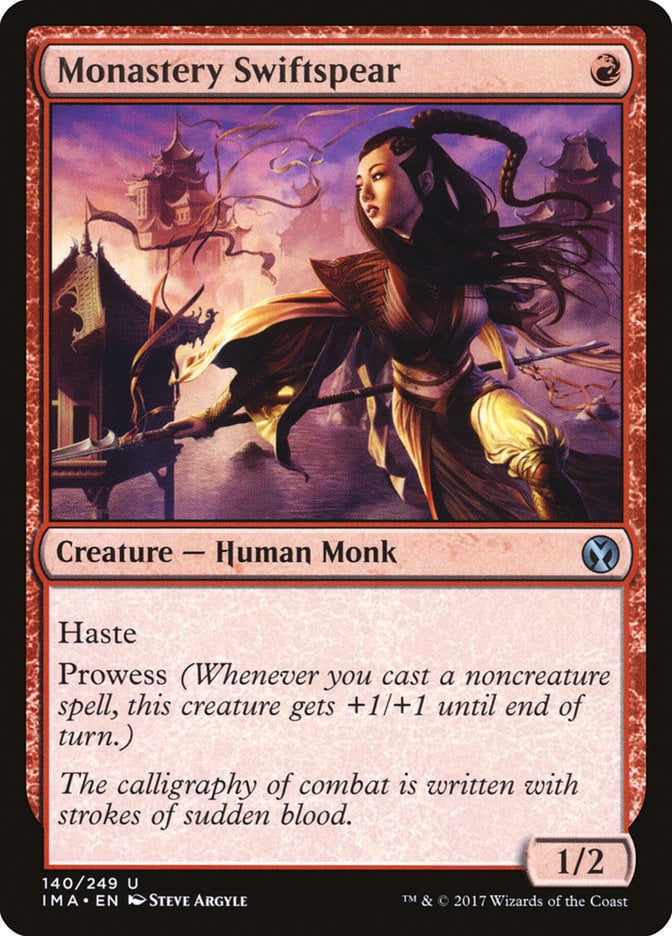
Once you gain control of the game, the goal is to swiftly close out the match. This involves maintaining pressure with efficient threats like Monastery Swiftspear, preventing the opponent from stabilizing, and ensuring that the game doesn't reach the late stages where other decks might excel.
Control
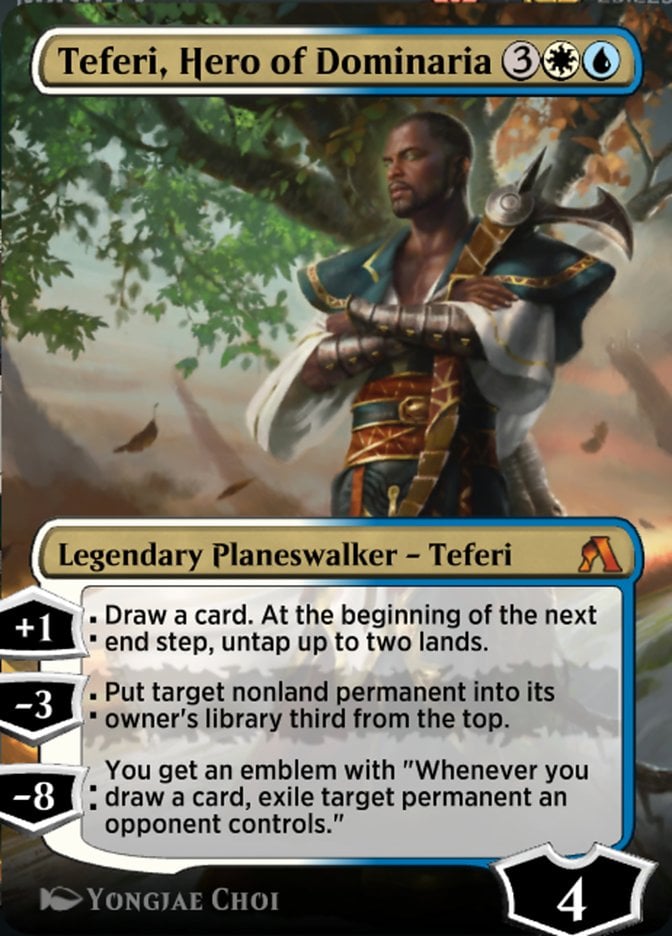
Control decks are characterized by a blend of high-value spells that trade advantageously (often 2-for-1) against your opponents, counterspells, board wipes, and targeted removal. In this archetype, reliance on creatures is minimal, often playing fewer than five. Notably, planeswalkers such as Teferi, Hero of Dominaria become key win conditions in control strategies.
This archetype is flexible regarding color pairs, with a predominant focus on blue, complemented by red or black and white. Green, however, does not synergize well with this strategic approach, making a Simic control build less advisable.
To excel in this archetype, prioritize acquiring mana fixing, removal options, and impactful spells. A noteworthy suggestion: Grixis stands out as the optimal color combination for a control deck.
5-Color Nonsense
This is probably the most fun and challenging archetype to draft. You want to focus almost all of your initial picks on lands. Except for signature spells that have four or five colors.
Unlike mono-green, I prefer green-based ramp decks with a twist: avoiding reliance on mana dorks. As mentioned earlier, the issue with mana dorks is their susceptibility to easy removal. Given the abundance of efficient removal spells in the game, the chances of these creatures surviving are quite slim.
In contrast, utilizing cards like Explore and Cultivate allows for effective ramping, propelling you ahead of the game. Opponents have limited options to thwart this strategy unless they're equipped with countermagic. I use the term “green-based” because the majority of ramp spells are concentrated in that color. However, you can pair green with other colors like black for removal or blue for card advantage, addressing potential gaps in your deck.
Consequently, you may find yourself drafting decks with more than three colors, and even up to five, depending on the draft's direction. The significant payoffs you seek are game-changing spells, such as Atraxa, Grand Unifier, Titan of Industry, or powerful planeswalkers like Teferi, Hero of Dominaria or Nissa, Who Shakes the World.
The Complete Card List for Arena’s Cube Draft
Can I Keep the Cards I Draft in MTG Arena Cube?
No, you don’t get to keep any of the cards that you pick. Here's your reminder that the Cube events are “phantom.” On the flip side, though, you’ll see more rares and mythic rares in the Cube because of this and so you’ll be able to build a more kick-ass deck than you would in a normal draft.

Is Arena Cube Worth It?
If you’re looking for a different format to play and have fun with, then I’d say it’s worth it. If you’re not particularly interested in Cube, and are just wondering if the entry fee is worth the rewards, then that’s another story.
Reddit has done the math for me—thank god—so all I have to do is present you with their findings. And, with those findings, the answer to the “is it worth it?” question would be a resounding no. As the user who so helpfully put that nifty table together points out in their comment, the final value of the event depends on how much gold a gem is worth to you, which depends on what you do with your gems. But either way it doesn’t really pan out.
You don’t even really need all that fancy math to see that the event is not worth the entry fee, though, at least not in terms of rewards. I’d say it’s obvious that this event is meant to be for players to have fun with, rather than to offer enticing rewards if you can manage to max out your wins. That doesn't mean this is the best way to go about something like that because 3,000 gold or 600 gems is a pretty hefty price to pay for a new format.
Wrap Up
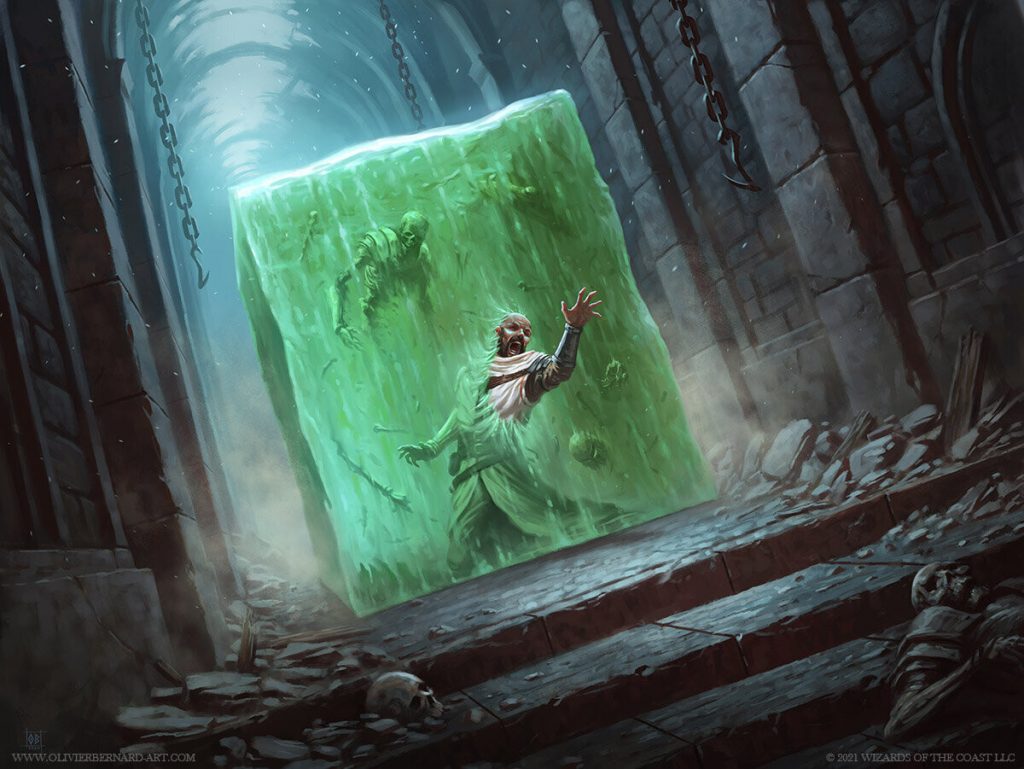
Gelatinous Cube | Illustrated by Olivier Bernard
That’s all we’ve got for you today! Hopefully, we were able to shed some light on this exciting addition to Arena’s event roster.
Cube is a great format and certainly a breath of fresh air for MTGA. It’s fun, unique, and an awesome combination of Limited and Constructed. If you’ve never played, it may be worth a shot if you’ve got the gold or gems to spare.
Alternatively, if you’re into Limited in general and draft like there’s no tomorrow, Arena Tutor could potentially be your best friend. Not familiar with my usual spiel? Perfect! Arena Tutor is our awesome tracker for MTGA drafting that can also help you with your picks thanks to our signature AI. Give it a try. Go on, don’t be shy. It won’t bite.
What are your thoughts on Cube? If you’ve played it, did you enjoy it? Let us know in the comments down there!
Follow Draftsim for awesome articles and set updates:
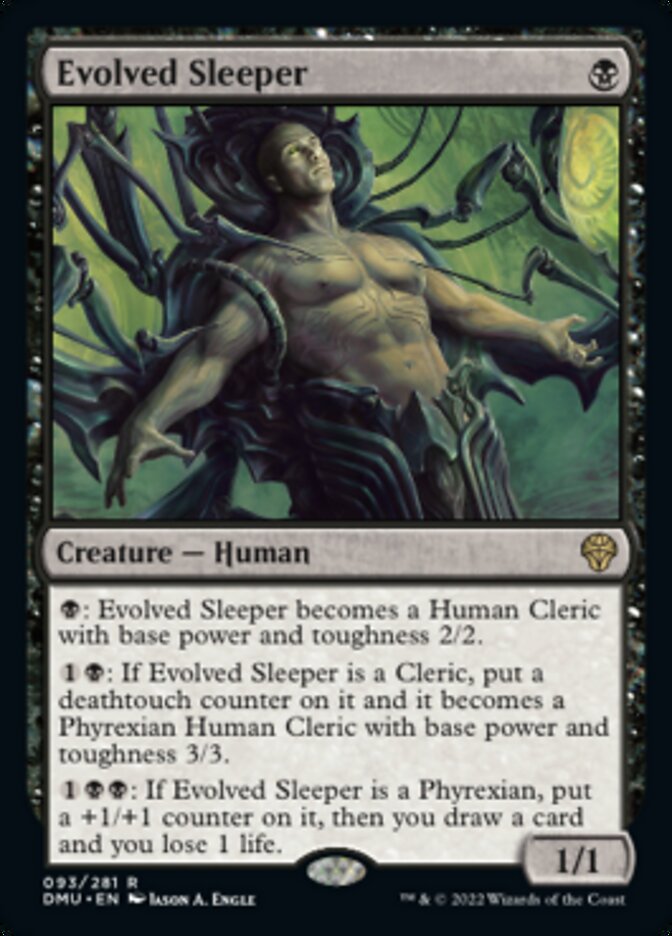
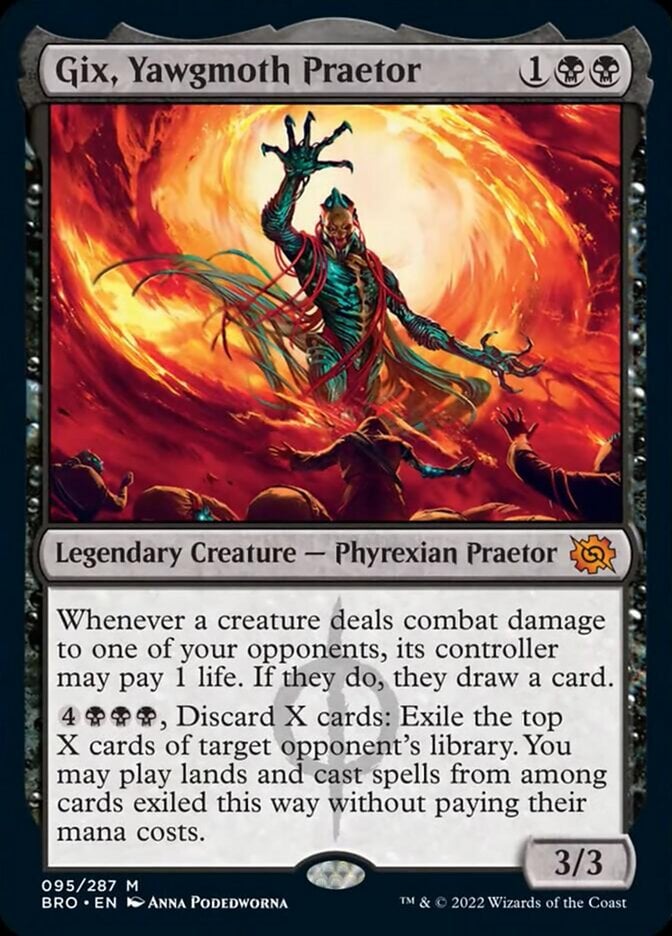

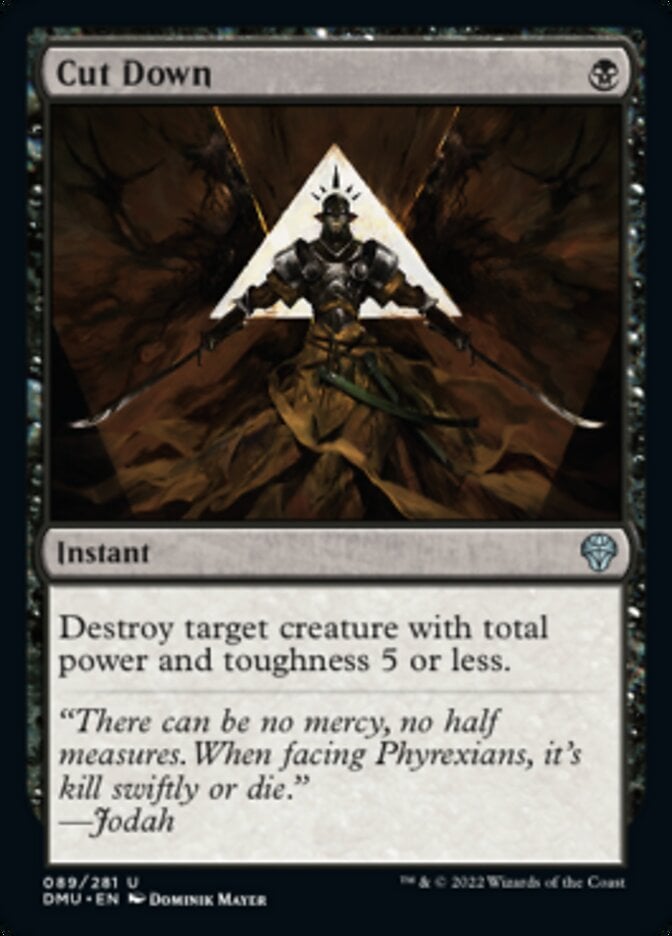
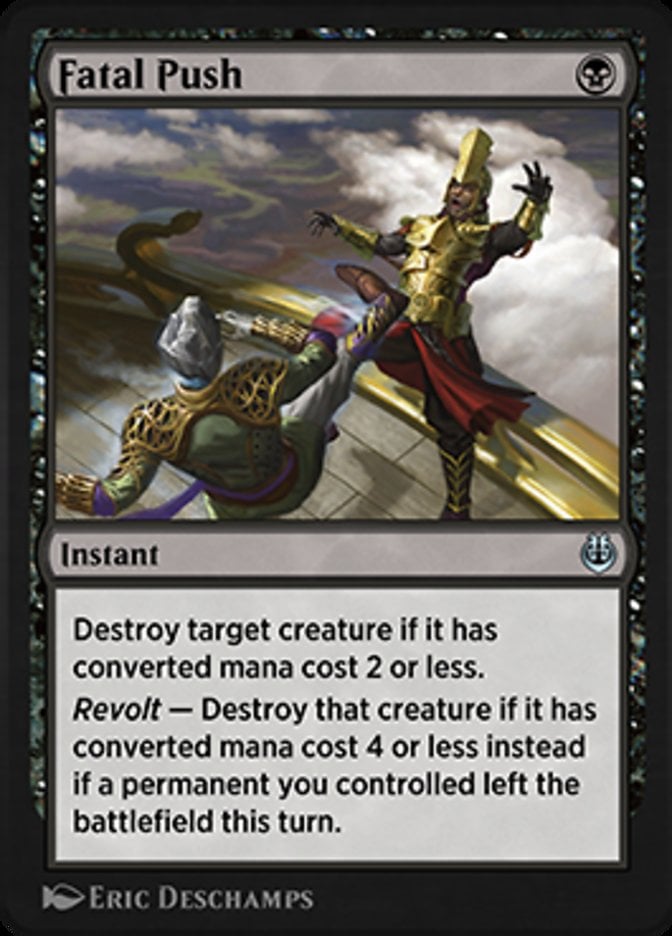
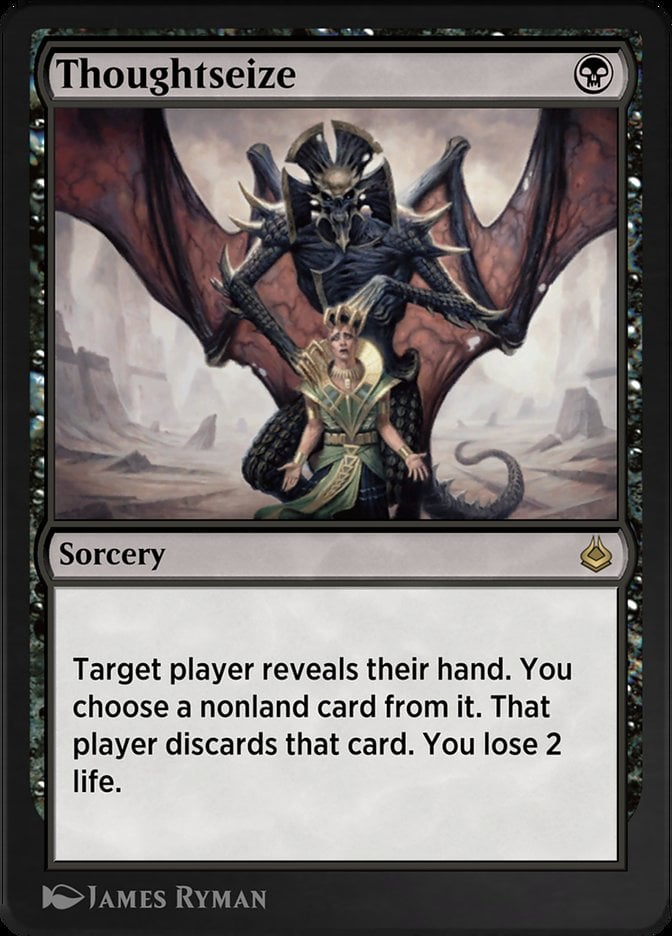
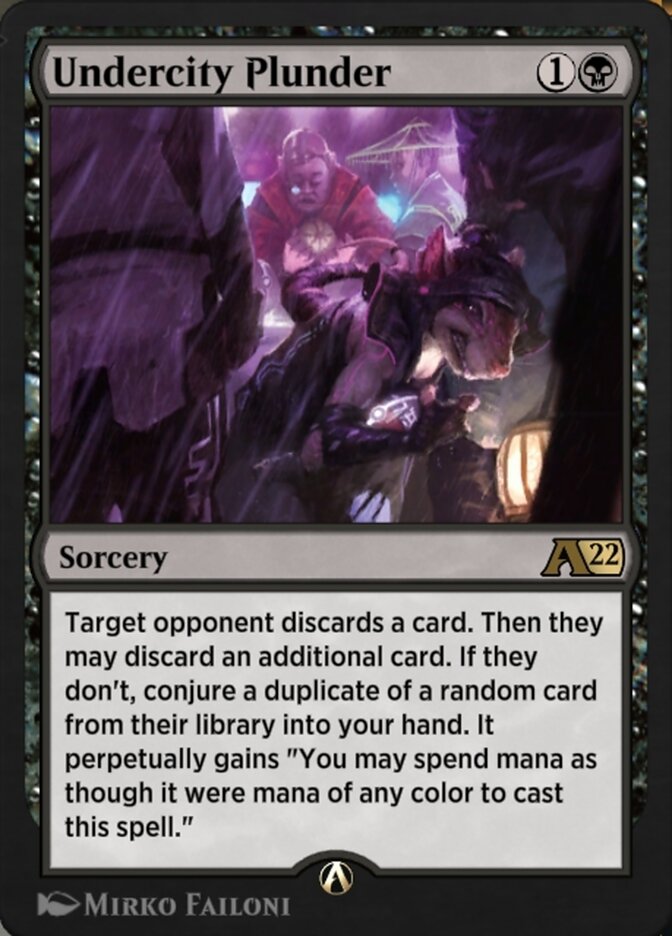

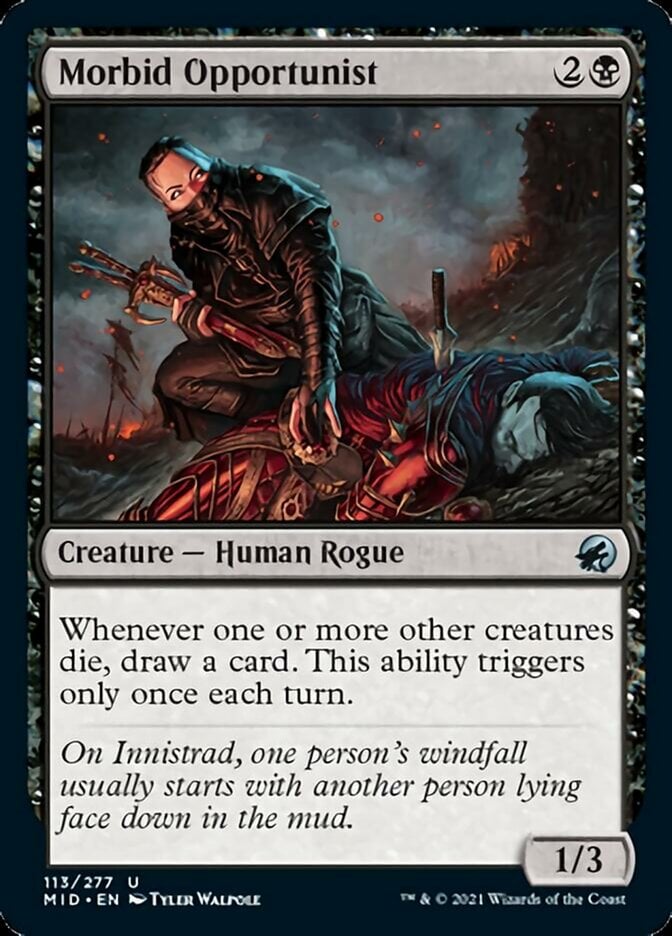
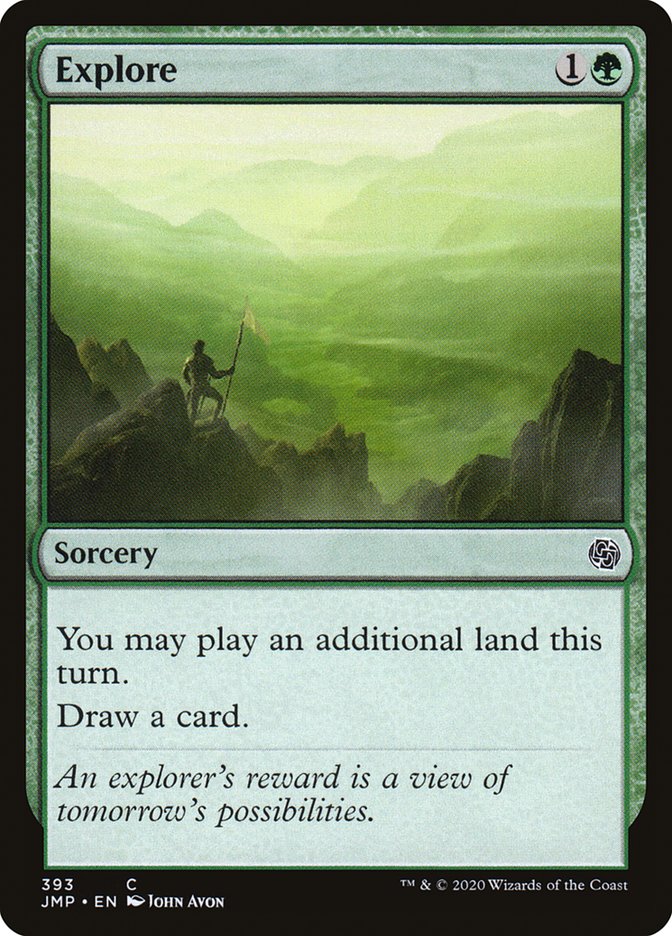
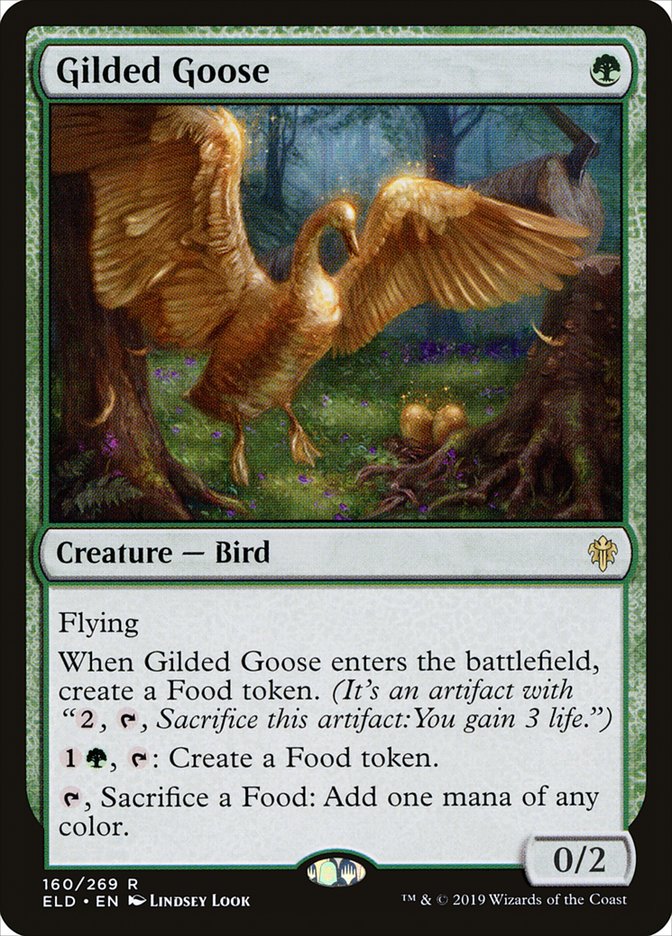
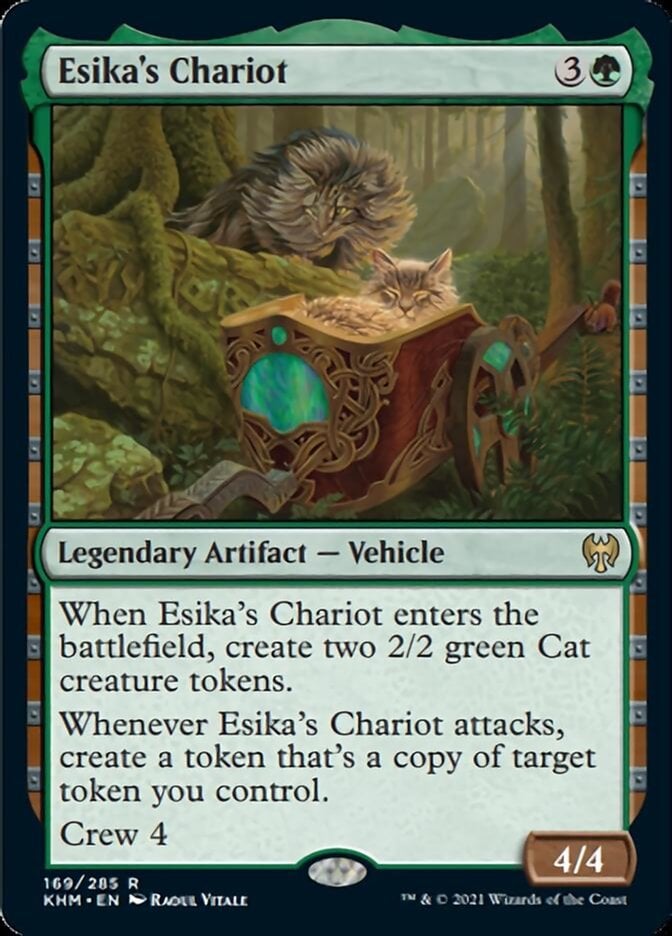
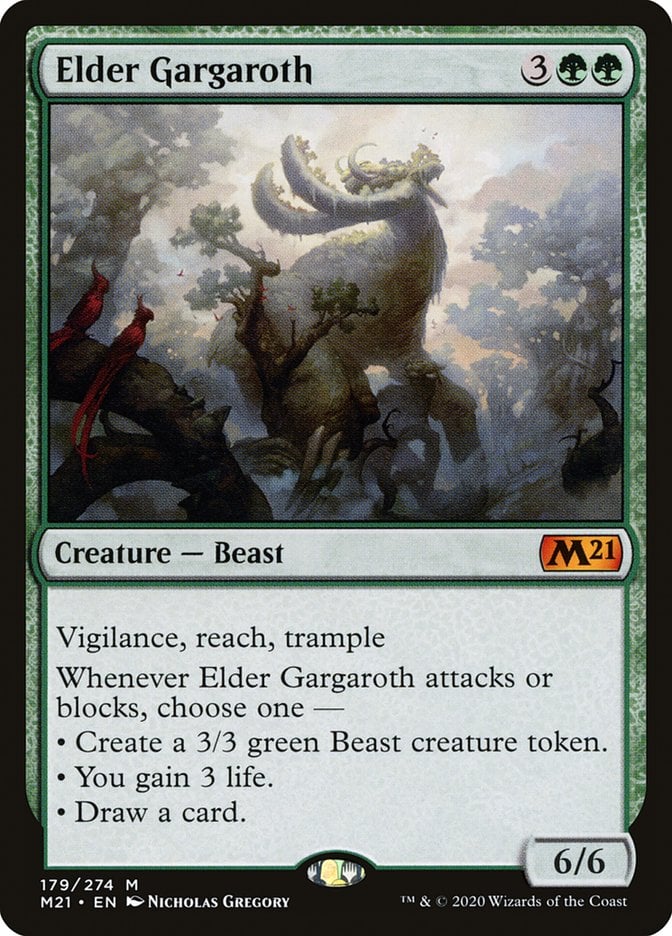
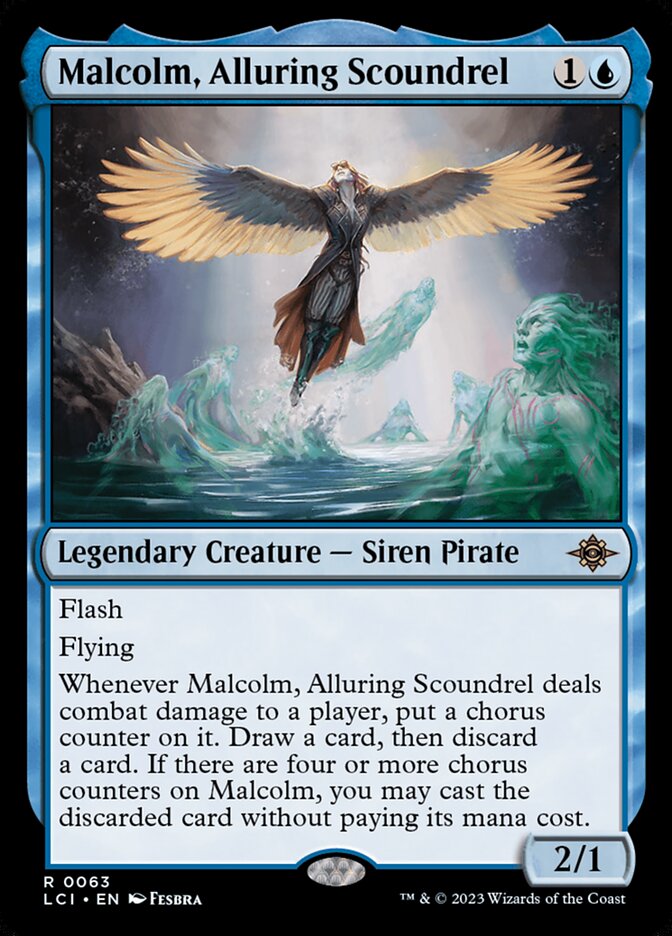
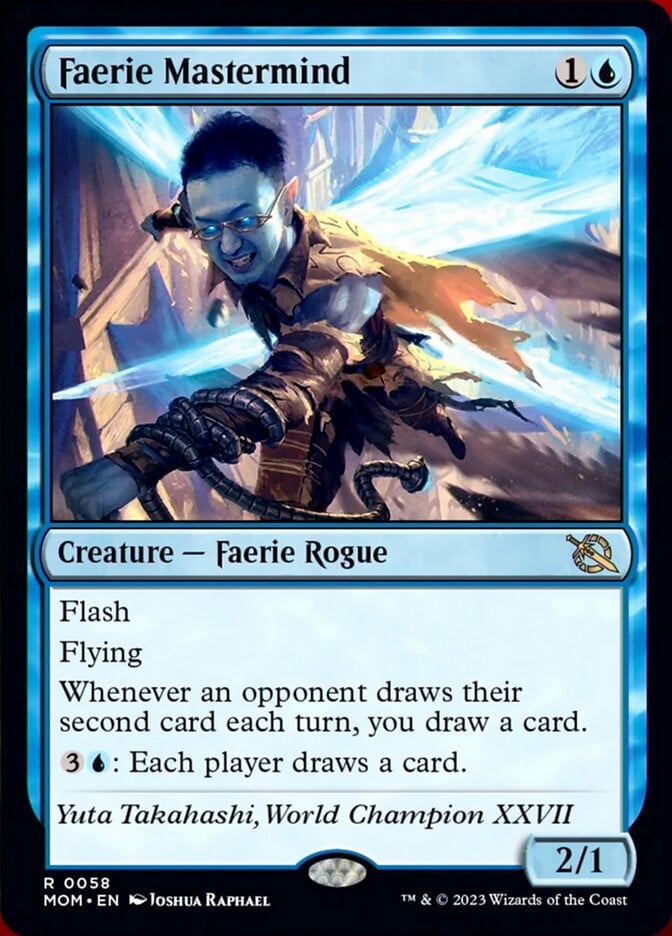
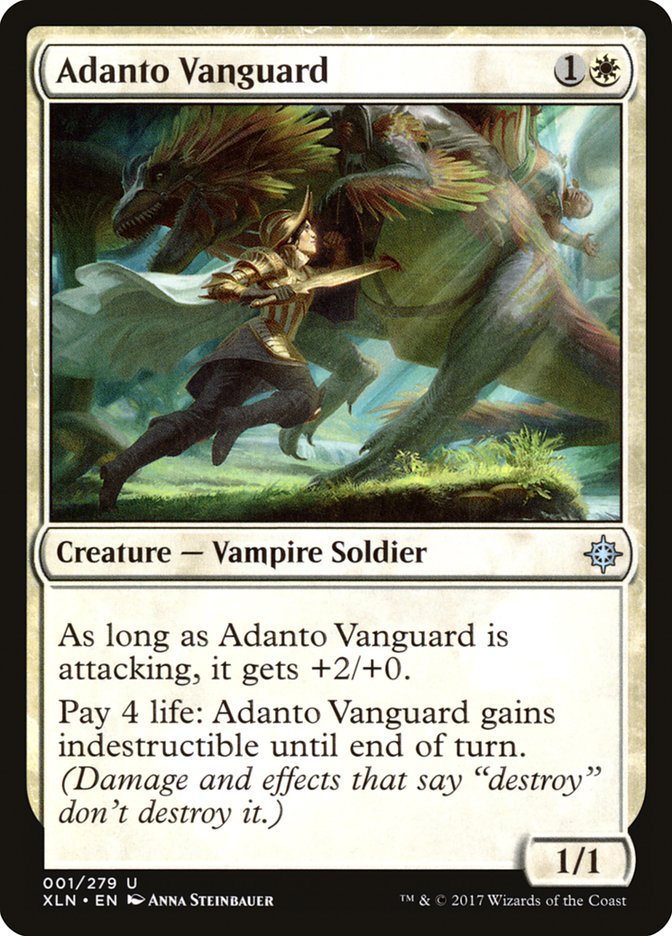

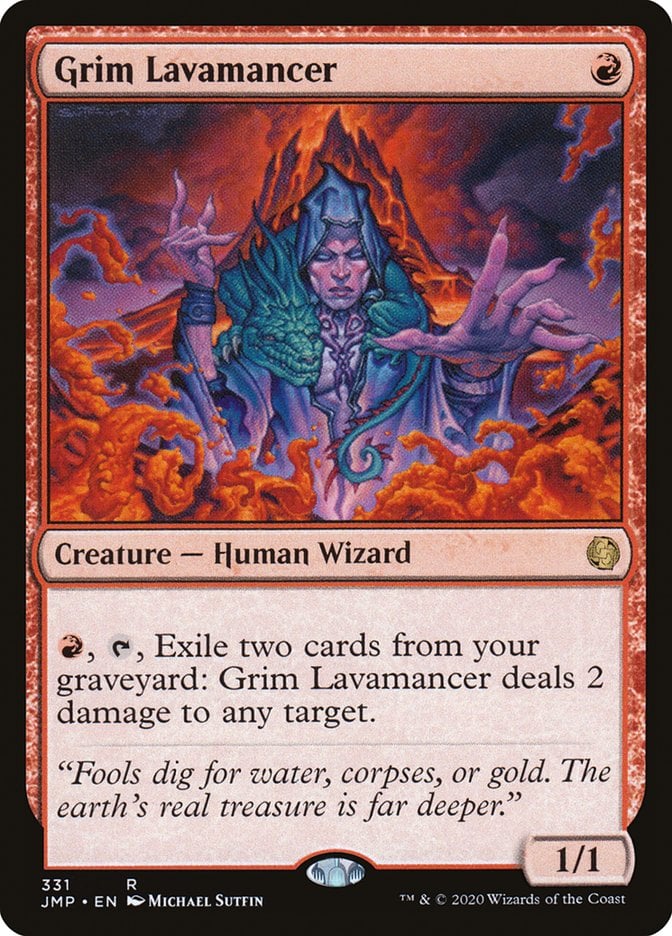

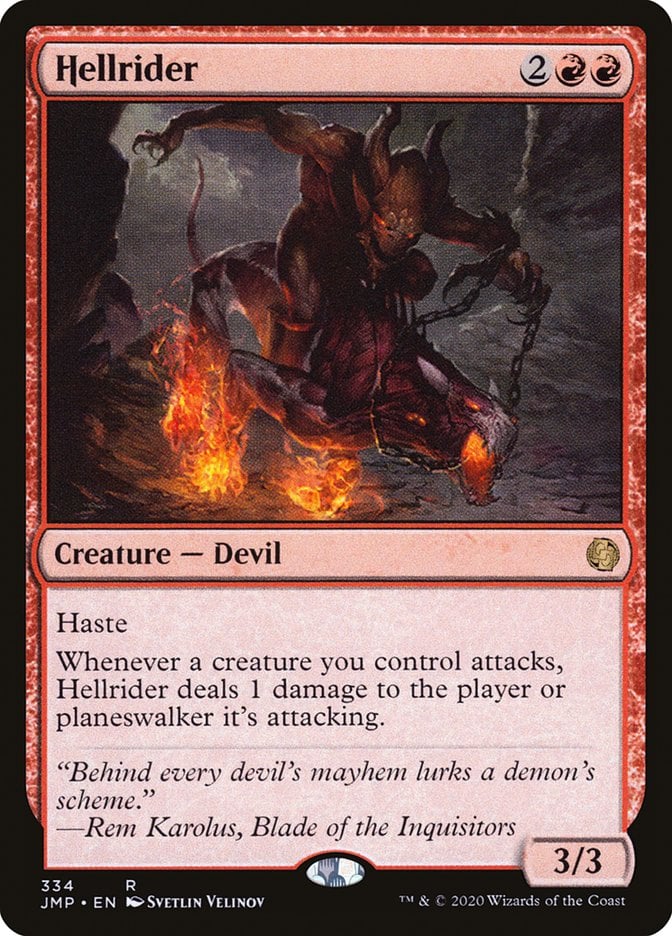
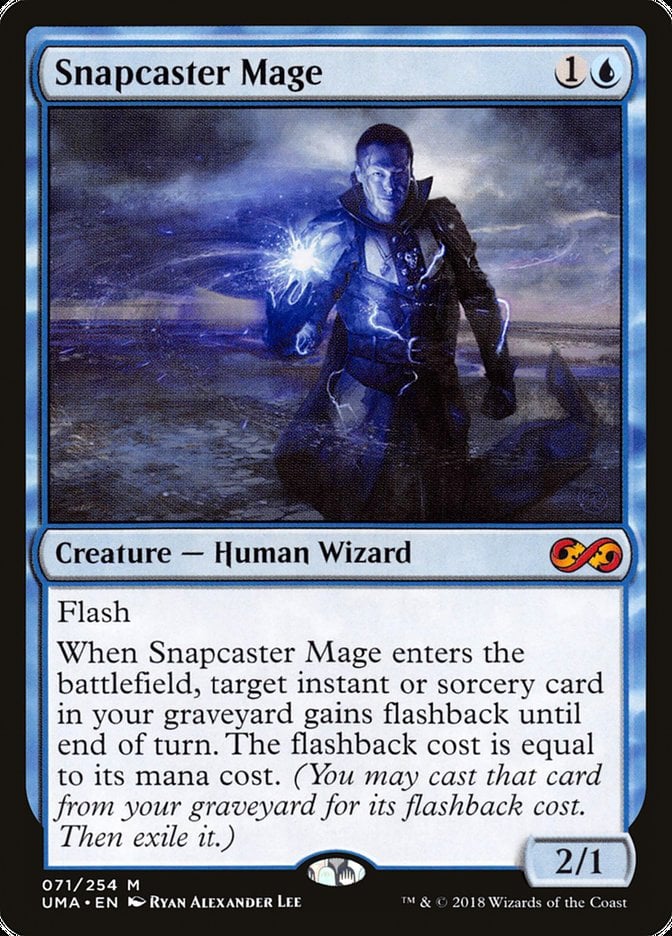
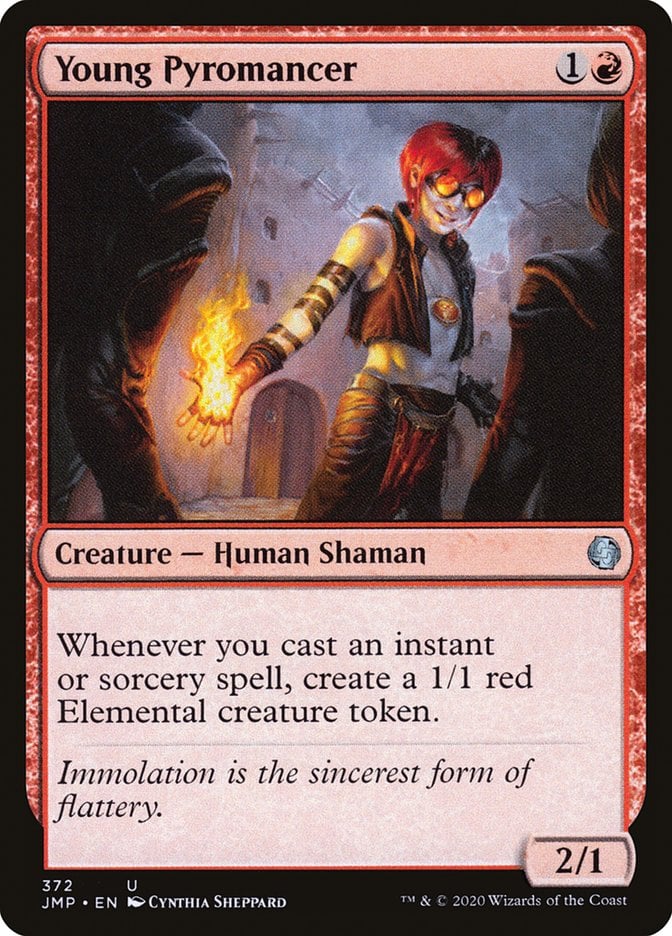
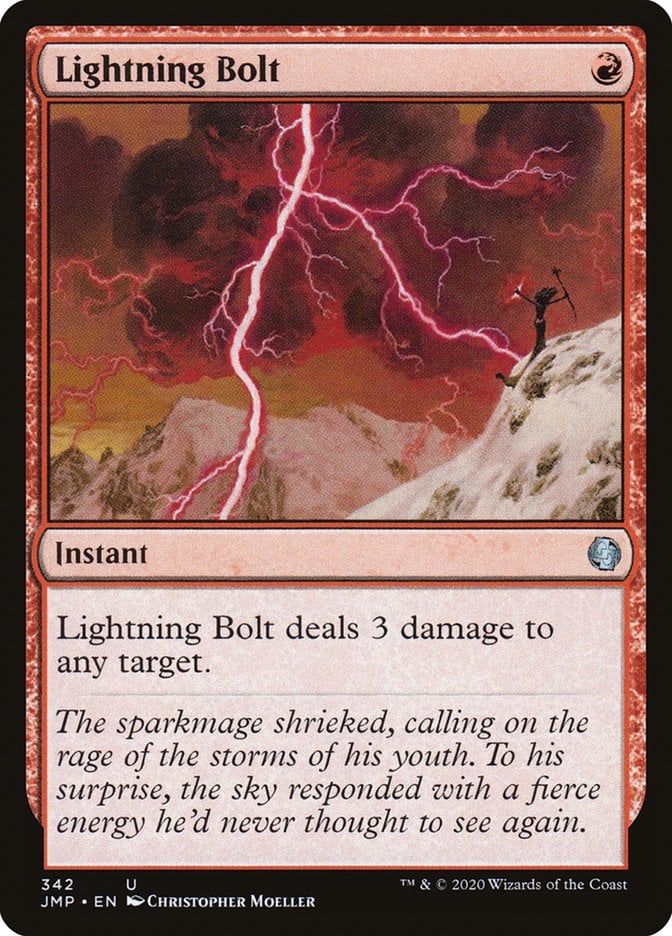
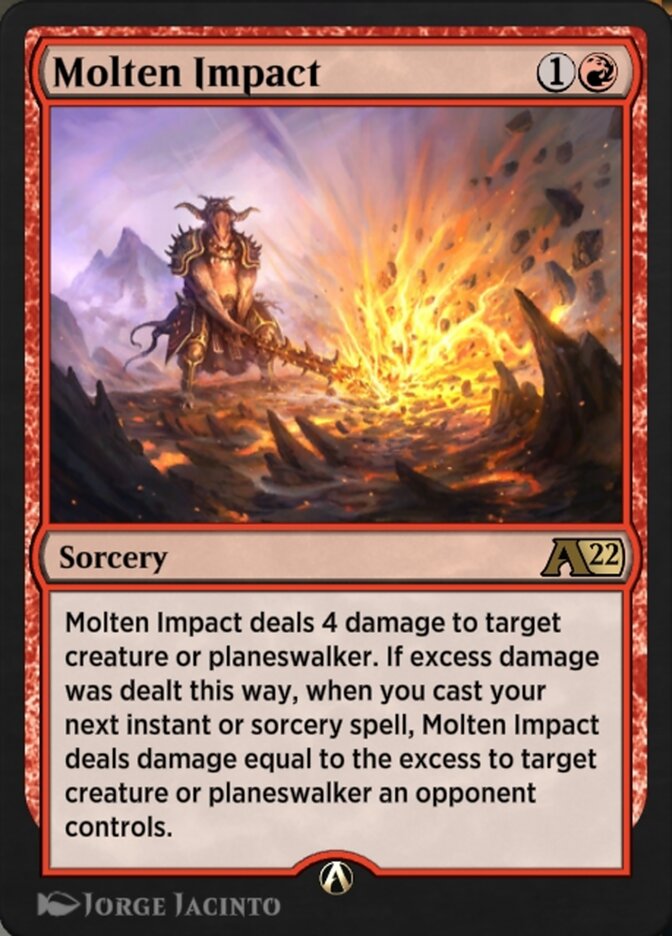
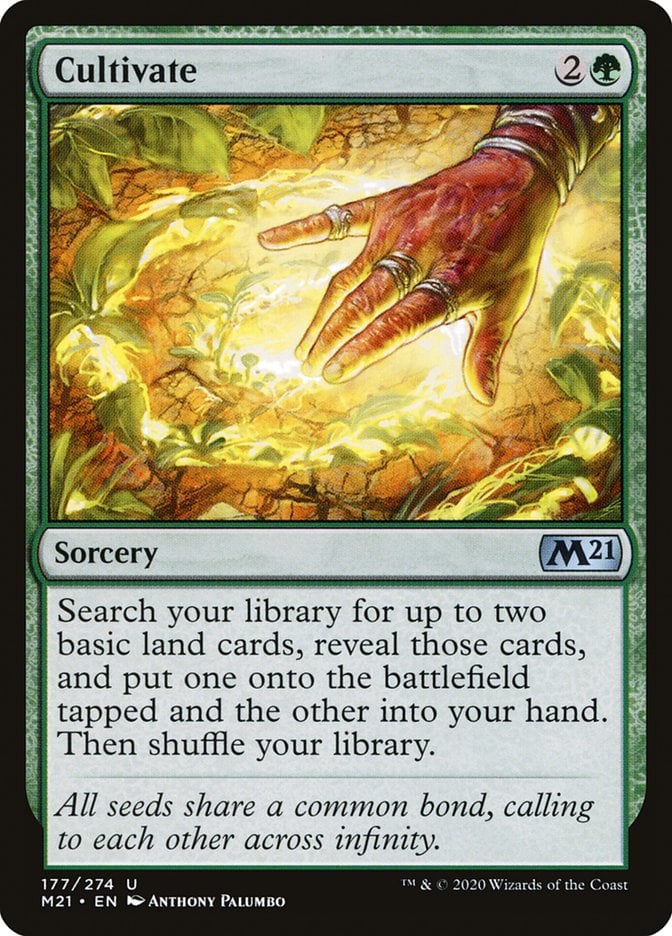
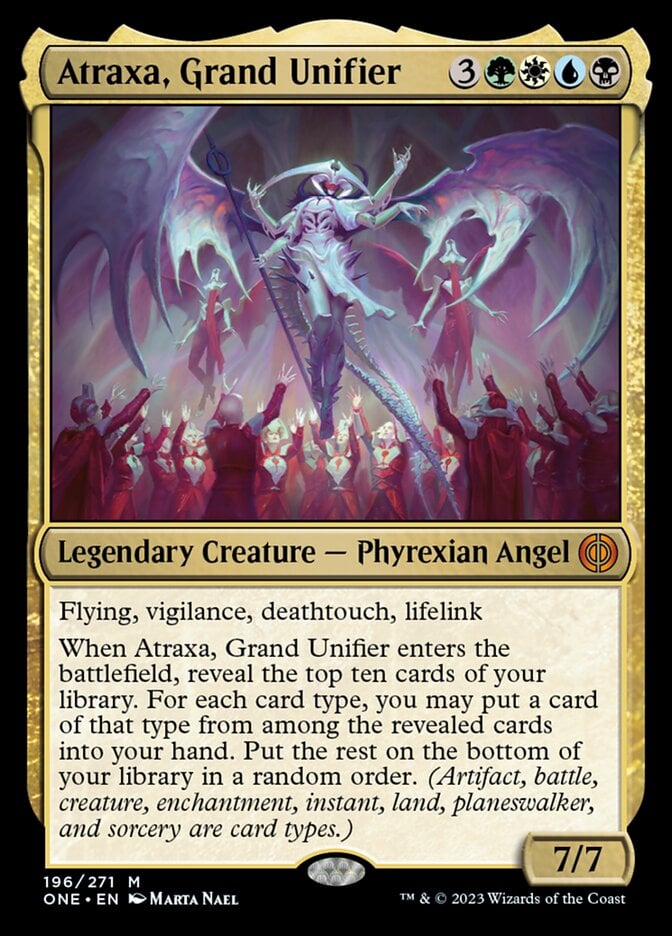
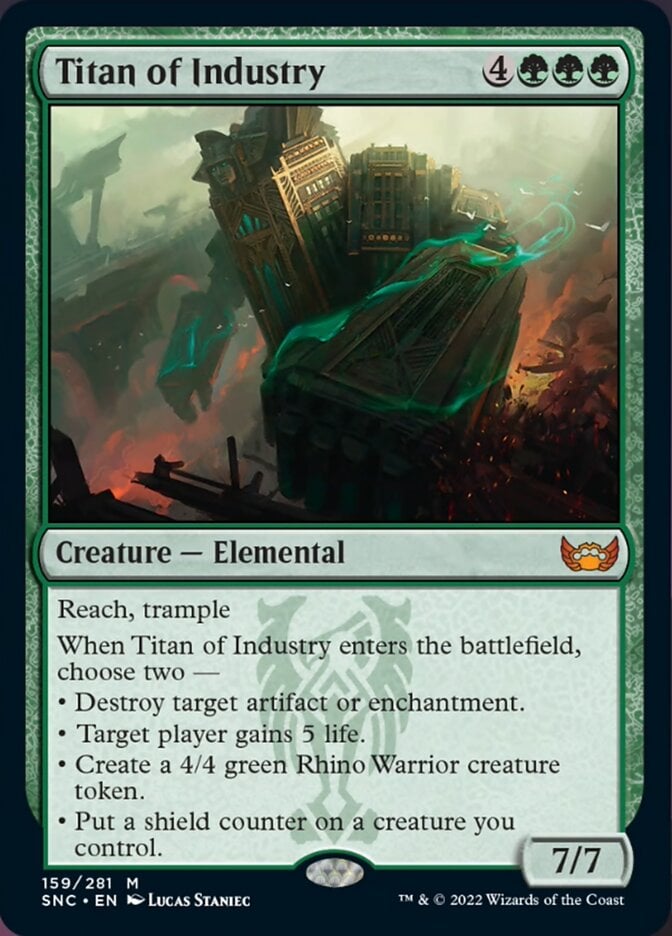
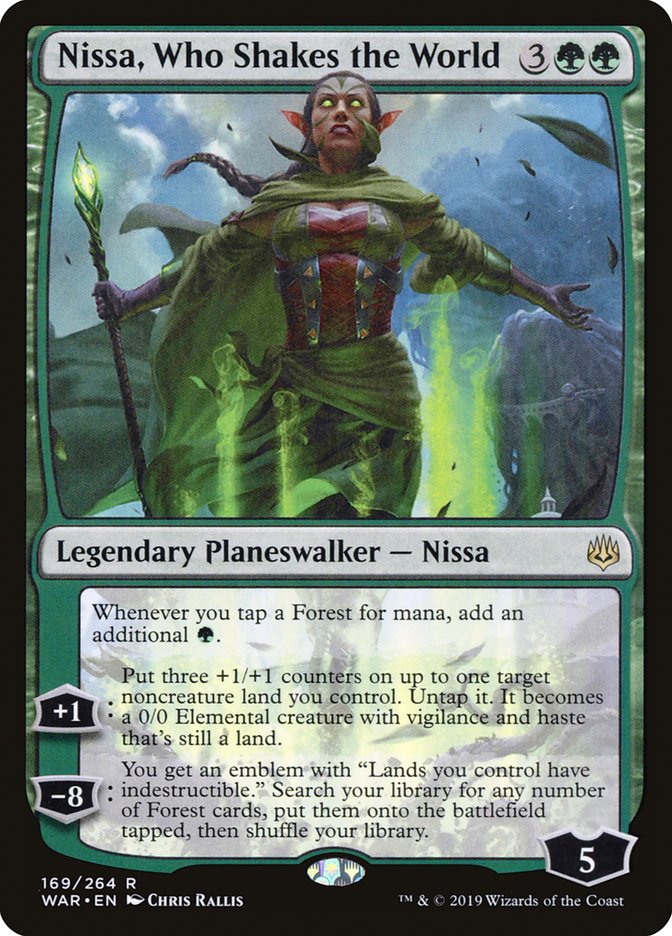
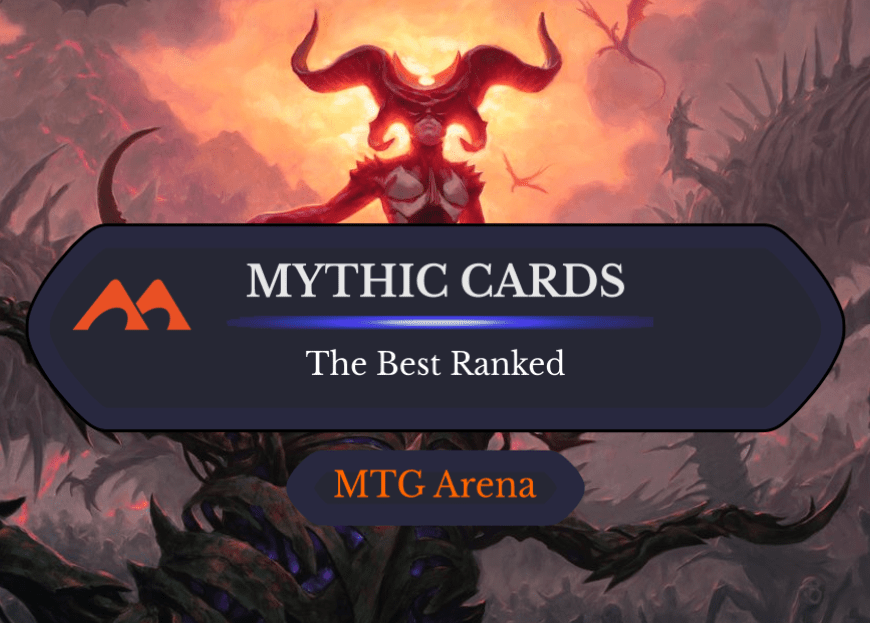
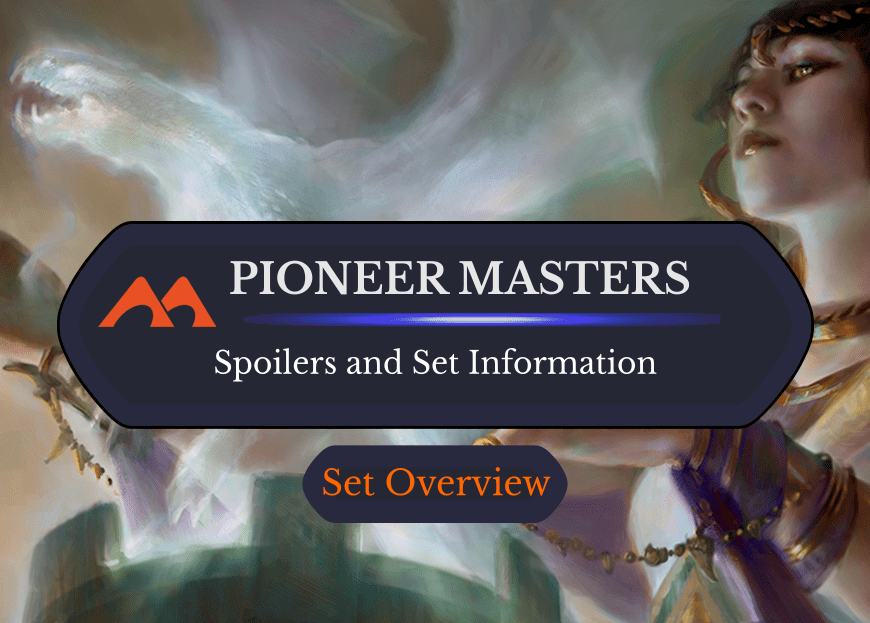
Add Comment